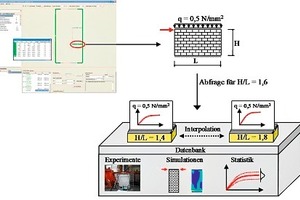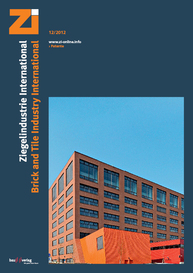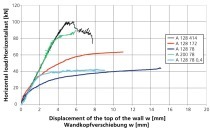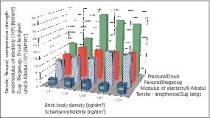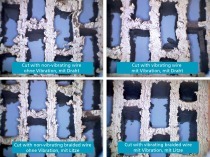Application of the capacity spectrum method to the theoretical verification of masonry structures under seismic loading
Federation of Industrial Research Associations “Otto von Guericke” Regd (AiF)Implemented by
Brick and Tile Research Institute Essen Regd. (IZF), and RWTH Aachen, Chair of Department for Structural Design and Building Physics (LBB)Project managersDipl.-Ing. Michael Ruppik (IZF),
Dr.-Ing. Christoph Butenweg (LBB)
1 Context and formulation of problem
With a view to rectifying this discrepancy, Bachmann and Lang (2002) developed a deformation-based verification concept (the capacity spectrum method). That concept, however, applied only to regular masonry structures and did not account for the effects of cyclical wall stress in the nonlinear range. With the financial assistance of the umbrella organization for masonry and residential construction in Germany (Deutsche Gesellschaft für Mauerwerks- und Wohnungsbau e.V. - DGfM), the Chair of Department for Structural Design and Building Physics at RWTH Aachen University improved the method to enable analysis of arbitrary layout configurations with allowance for the effects of torsion.
Realistic structural design according to the new, deformation-based concept is, however, only possible if the cyclic-load deformation curves of the walls are available for diverse load levels and geometries of a brick-and-mortar combination. Such a basis for application of the new deformation-based concept to brick masonry, though, did not exist. This was due both to incomplete test results and to the lack of a conceptual approach to the systematic arrangement of the curves in the analytical software.
2 Objective
3 Procedure
4 Results
The concept has since been incorporated into the national application document of DIN EN 1998-1 (2010) and is now available for practical application using the special masonry structure software MINEA (2012). Hence, the concept was put into practice even before the project terminated, thus underlining the inherent usefulness of the project.
The purpose of this research project was achieved. The 49-page final report is available from the Research Alliance of the Brick and Tile Industry Regd (FGZ) in Berlin.

